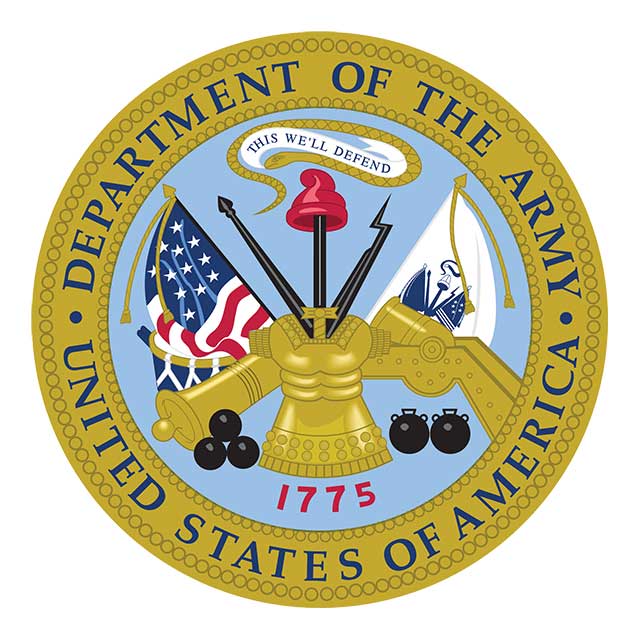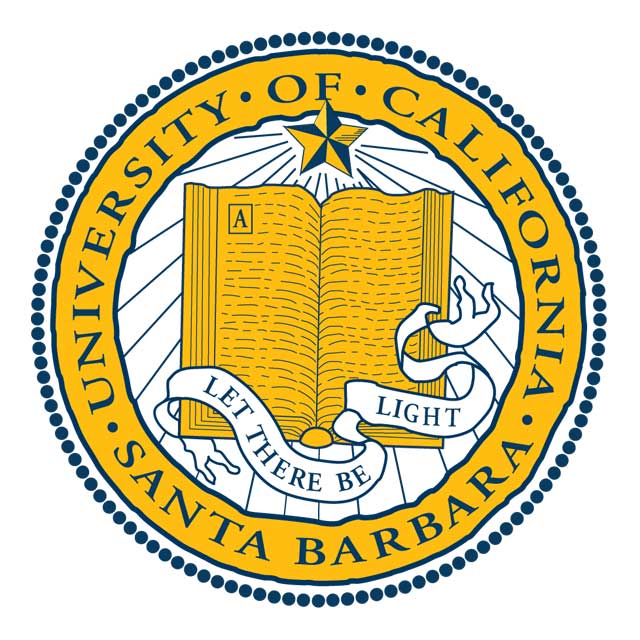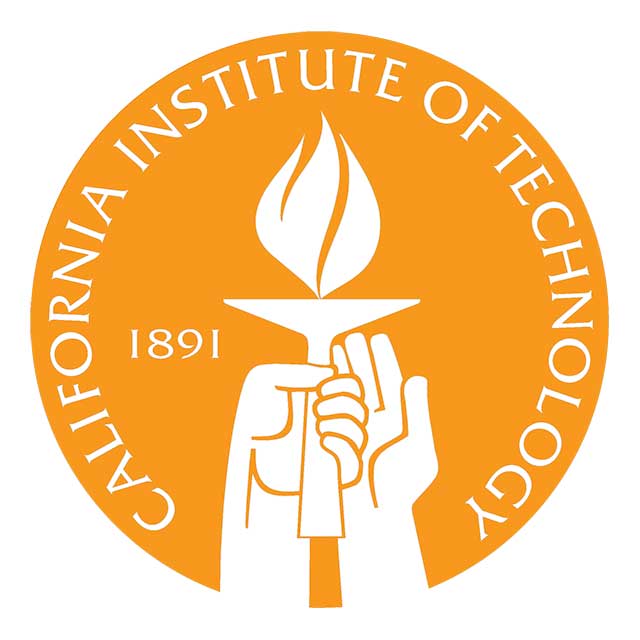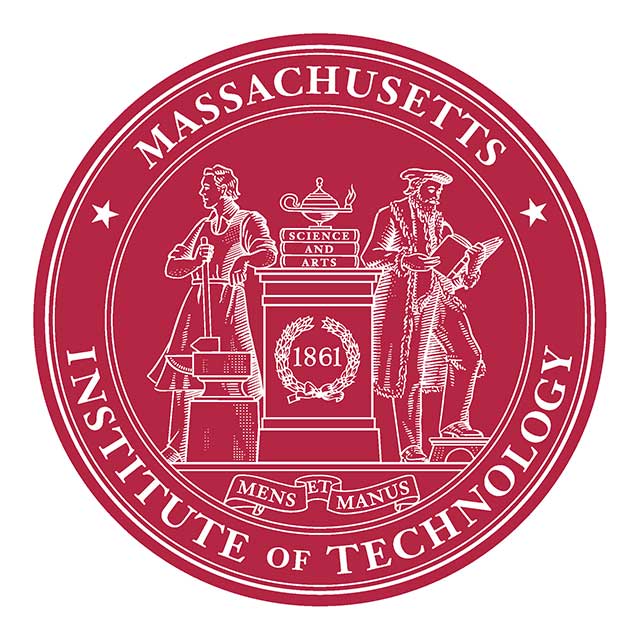Analytic tractography: A closed-form solution for estimating local white matter connectivity with diffusion MRI
Abstract
White matter structures composed of myelinated axons in the living human brain are primarily studied by diffusion-weighted MRI (dMRI). These long-range projections are typically characterized in a two-step process: dMRI signal is used to estimate the orientation of axon segments within each voxel, then these local orientations are linked together to estimate the spatial extent of putative white matter bundles. Tractography, the process of tracing bundles across voxels, either requires computationally expensive (probabilistic) simulations to model uncertainty in fiber orientation or ignores it completely (deterministic). Furthermore, simulation necessarily generates a finite number of trajectories, introducing “simulation error” to trajectory estimates. Here we introduce a method to analytically (via a closed-form solution) take an orientation distribution function (ODF) from each voxel and calculate the probabilities that a trajectory projects from a voxel into each directly adjacent voxels. We validate our method by demonstrating experimentally that probabilistic simulations converge to our analytically computed transition probabilities at the voxel level as the number of simulated seeds increases. We then show that our method accurately calculates the ground-truth transition probabilities from a publicly available phantom dataset. As a demonstration, we incorporate our analytic method for voxel transition probabilities into the Voxel Graph framework, creating a quantitative framework for assessing white matter structure, which we call “analytic tractography”. The long-range connectivity problem is reduced to finding paths in a graph whose adjacency structure reflects voxel-to-voxel analytic transition probabilities. We demonstrate that this approach performs comparably to the current most widely-used probabilistic and deterministic approaches at a fraction of the computational cost. We also demonstrate that analytic tractography works on multiple diffusion sampling schemes, reconstruction method or parameters used to define paths. Open source software compatible with popular dMRI reconstruction software is provided.



